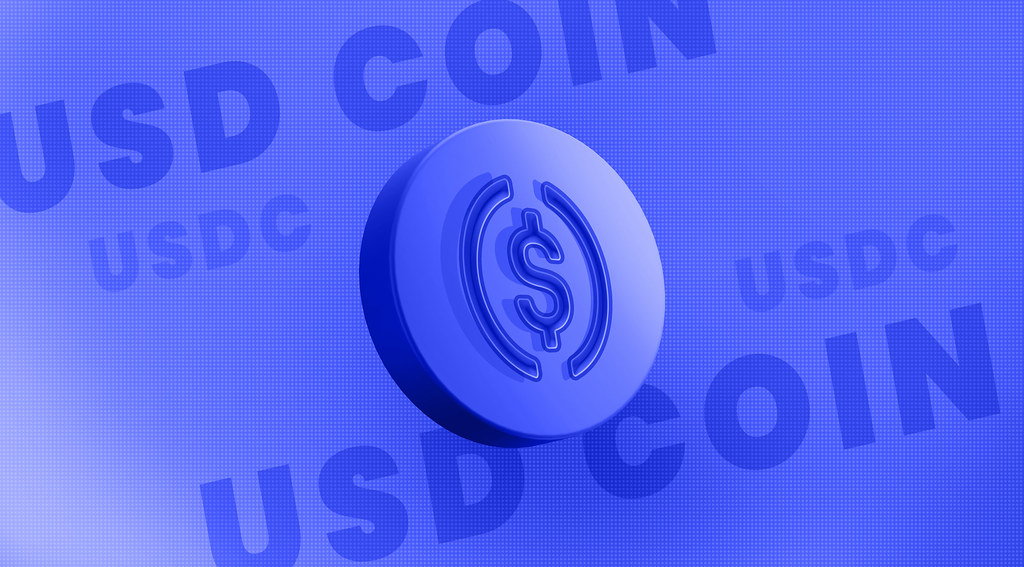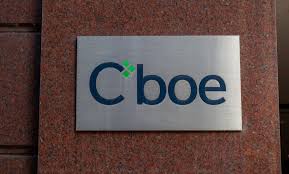The Ethereum Foundation has swapped $4.5 million worth of ETH for stablecoins to fund research, grants, and ecosystem growth. Here’s why this stablecoin strategy matters for Ethereum’s future.
Ethereum Foundation Stablecoin Swap Puts Growth at the Forefront
The Ethereum Foundation has once again tapped into its ETH reserves, this time converting 1,000 ETH (worth around $4.5 million) into stablecoins. The move, facilitated through CoWSwap’s TWAP (time-weighted average price) tool, is designed to secure predictable funding for research, development, grants, and donations.
This isn’t the first time the organization has shifted ETH into stablecoins. Just last month, it converted a much larger sum—10,000 ETH, valued at $43.6 million at the time—into stable assets via centralized exchanges. The repeat strategy suggests a more deliberate treasury management plan is in play, raising questions about how the Ethereum Foundation balances growth, stability, and community perception.
Why Swap ETH for Stablecoins?
At its core, the decision reflects a pragmatic approach: while ETH is the fuel that powers the Ethereum ecosystem, it remains a volatile asset. For long-term programs—like ecosystem grants, R&D investments, and nonprofit donations—stablecoins provide predictable purchasing power and shield the foundation’s funding pipeline from sudden price swings.
By using stablecoins instead of relying solely on ETH, the Foundation ensures it can fund its commitments without being at the mercy of crypto market cycles. In other words, it’s about securing stability to fund innovation.
Treasury Management and Risk Balancing
The Ethereum Foundation has been transparent about its strategy. A treasury policy update released in June last year emphasized asset-liability management, risk assessment, and liquidity planning. The policy laid out a framework where ETH remains a central reserve, but regular stablecoin conversions act as a financial buffer.
This approach is consistent with how other large crypto organizations manage their treasuries. The mix of volatile native tokens and stable assets is meant to strike a balance between long-term value growth and operational certainty.
A Community Split on the Stablecoin Strategy
Despite the logical financial reasoning, the Ethereum community is far from unanimous in support. Following Friday’s announcement, social channels lit up with debate.
Some critics argue the Ethereum Foundation should have leaned more heavily on DeFi-native solutions, such as borrowing against ETH through platforms like Aave or MakerDAO, instead of outright selling ETH for stablecoins. This, they contend, would have preserved ETH’s market supply and signaled stronger confidence in Ethereum’s long-term value.
Others suggested the Foundation explore over-the-counter (OTC) deals with institutional crypto treasuries rather than using public swaps, which could trigger market speculation.
Yet defenders of the move argue that the Foundation is simply being responsible—aligning with its stated policy and ensuring its mission isn’t derailed by unpredictable market conditions.
From Pause to Push: Context Matters
It’s important to view this Ethereum Foundation stablecoin swap in context. Earlier this year, reports surfaced that the Foundation had slowed or paused certain grant programs to reduce its burn rate. This naturally raised concerns about funding bottlenecks for developers and community projects.
By converting ETH into stablecoins now, the Foundation is essentially refueling those pipelines. The swap ensures that grants, donations, and R&D budgets can continue flowing without being tied to ETH’s daily price chart.
For developers relying on grant money, this decision may ultimately provide more certainty, even if it stirs controversy among ETH maximalists.
Stablecoins as a DeFi Showcase
Another interesting layer to this move is the messaging. The Ethereum Foundation specifically highlighted the use of CoWSwap’s TWAP function to execute the swap, framing it as an example of DeFi in action. By leveraging decentralized tools for treasury management, the Foundation showcases the Ethereum ecosystem’s ability to handle complex financial operations without relying exclusively on centralized exchanges.
This not only strengthens Ethereum’s narrative as the backbone of DeFi but also demonstrates confidence in the infrastructure it supports.
What It Means for Ethereum’s Future
The Ethereum Foundation’s latest stablecoin conversion is more than just a treasury shuffle—it reflects a maturing approach to sustainability. By locking in stable funding, the Foundation positions itself to continue backing groundbreaking research, developer grants, and ecosystem expansion without being distracted by short-term volatility.
Of course, it also underscores the delicate balance the Foundation must walk: using ETH as both a reserve asset and a source of liquidity, while managing optics among a vocal community that often equates ETH sales with bearish sentiment.
Final Thoughts
The Ethereum Foundation stablecoin swap worth $4.5 million may be small compared to last month’s $43.6 million conversion, but it carries big symbolic weight. It signals a deliberate strategy: maintain ETH as the long-term store of value while regularly securing stable, predictable funding to power growth.
Whether the community rallies behind the decision or continues to criticize it, one thing is clear—Ethereum is building for the long haul. And ensuring stable funding streams might just be the key to sustaining the innovation engine that keeps Ethereum at the heart of the crypto world.
Disclaimer: Parts of this article were generated with the assistance from AI tools and reviewed by our editorial team to ensure accuracy and adherence to our standards.








